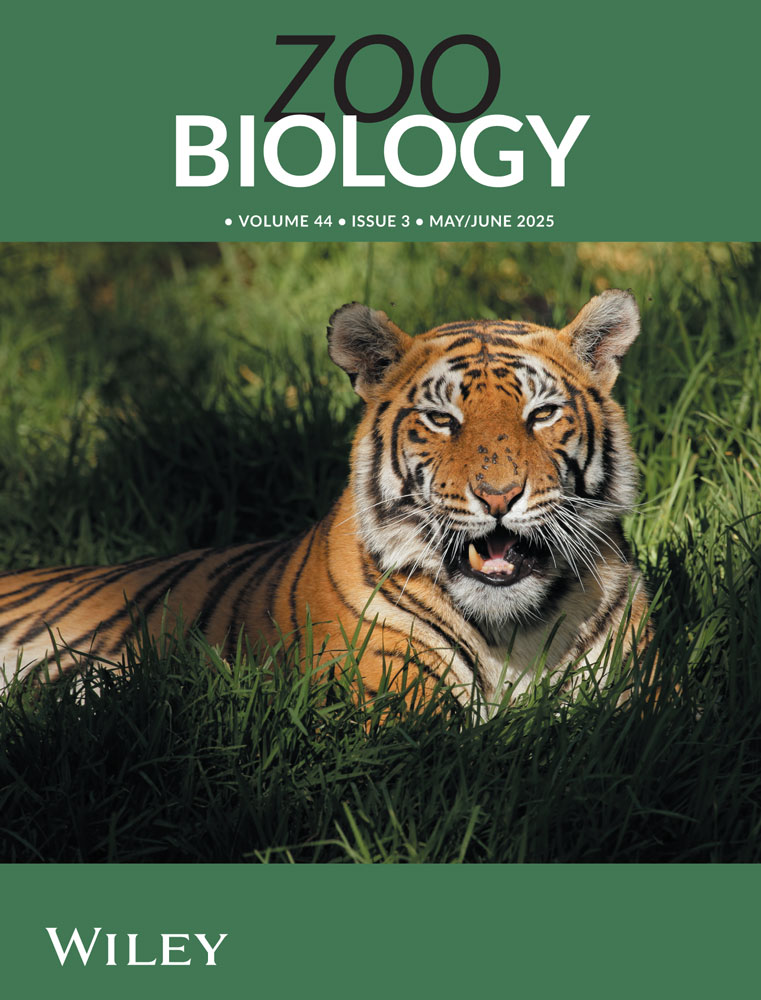Selected aspects of Lemur variegatus reproductive biology
Abstract
Results from data collected during the 1978–1979 breeding season on the reproduction of Lemur variegatus at the San Diego Zoo provide information which generally supports previously published reports on this species. Comparison of selected results from these data to a larger data base of which they are a part makes it possible to resolve some of the discrepancies between reports. Certain aspects of the reproductive biology of this species may then be generally characterized with confidence: The onset of seasonal breeding as evidenced by estrous behavior begins as early as mid-December in the northern hemisphere and may continue through March; genital changes associated with estrus in females last 9.85 ± 1.67 days (± SD); female receptivity occurs 7.0 ± 1.53 days after the onset of these genital changes and lasts 12-24 hours, during which breeding occurs; gestation averages 99.47 ± 4.19 days; the peak birth season is April–May; litters normally contain two to three offspring, with full-term neonates weighing an average of 104.63 ± 19.10 grams. In addition, L variegatus appears to be highly resistant to the impact of captivity on both its reproductive physiology and behavior, as indicated by the 100% breeding success of the diversely reared and managed groups of study animals.




